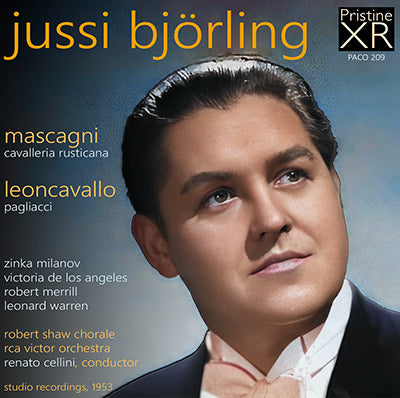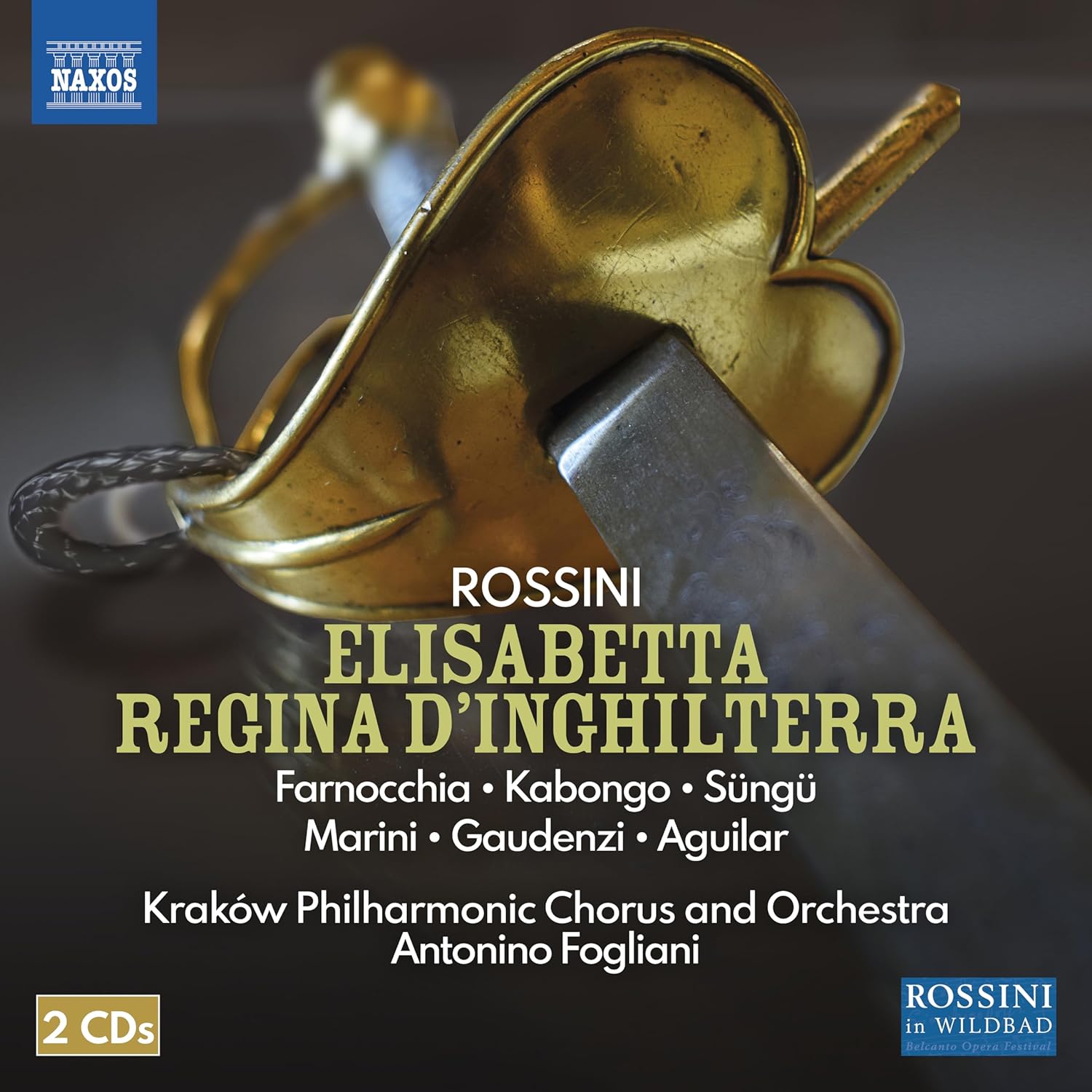
Mariss Jansons was chief conductor of the Bavarian Radio Symphony Orchestra until his untimely death in 2019, a post he had held since 2003. He had a long and fruitful association with the orchestra and BR Klassik have released many of his live concerts on disc. Indeed, they have recently brought many of these together in a seventy-disc set.
This performance of the Mozart Requiem was recorded at concerts in May of 2017. Jansons uses the famous Süssmayr completion, and the performance is unashamedly in the Romantic tradition. There is nothing controversial about it, speeds for the most part judiciously chosen, and yet, for me, it never quite catches fire, comparing unfavourably with another live Jansons performance with the Concertgebouw from 2011, which was very favourably reviewed on Musicweb International by Simon Thompson (review). Two of the soloists on the present recording, soprano, Genia Kühmeier and tenor, Mark Padmore sing on that performance too. Kühmeier is lovely in both performances, but Padmore sounds marginally fresher and sweeter in the earlier one, which also has a superb Gerard Finley singing the bass role and Bernarda Fink in the alto part. Elisabeth Kulman and Adam Plachetka, on this issue, are fine, but not quite in the same league.
I listened three times, comparing this one to the earlier one, as well as listening to a similarly big-boned interpretation in the form of Karajan’s 1987 performance, both of which I found much more intensely dramatic. The Karajan, which dates from his final years with the Vienna Philharmonic Orchestra is, I think, his finest of the three he has recorded for DG, and has a reverence and spirituality that I found lacking here. It was hard to put my finger on what was missing in the Jansons, but there are times, like the startling opening to the Confutatis, which jolted me out of my seat, when it felt as if Jansons himself knew something was amiss and was trying to inject some drama or extra energy into the performance. The final lux aeterna, on the other hand, rather trundles towards its conclusion and is greeted by a tepidly polite round of applause, making me wonder why this broadcast was considered for release, especially given the competition from Jansons himself in the much finer Concertgebouw performance, which is also better recorded. Even with the volume turned up quite high, the recording of the Bavarian broadcast is a little distant, a little muddy, and I wondered if this too contributed to my muted impressions.
Well worth considering, if you are wanting the Süssmayer version, is John Butt’s superb reconstruction of the first performance, released by Linn in 2014, which of course uses original instruments. (review) Though the forces are much smaller, it is incisively dramatic and brilliantly recorded, though I personally would prefer any of Jansons’ soloists in either of his two recordings. The bass on the Butt recording is particularly weak and tends to growl in the lower register, no match for Finley, nor even for Plachetka.
If you do want Jansons in this work, then I would suggest you stick to the Concertgebouw performance, which can certainly hold its head up amongst the best of the many recordings on modern instruments.


















